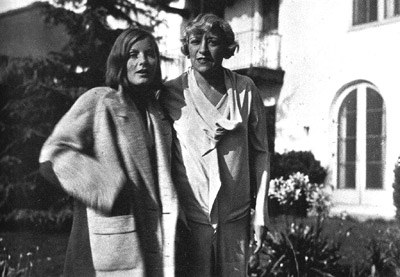Another essential tool in how we can breakdown the long history of systematic barriers, both racial and socioeconomic, that have hindered equity in educational opportunity within America’s public schools.
Tracy Swinton Bailey’s Forever Free: A True Story of Hope in the Fight for Child Literacy (Other Press Hardcover) doesn’t go on sale until August 3, 2021—save the date!) offers an intimate look at the those barriers that have hindered equity in schools; forces, which undergird the modern policy debate around education in the United States. The gap between white academic achievement and that of students of color is widening, and that statistic holds true even when data from upper social economic levels are examined.
At the root many of the important problems we face, from mass incarceration to income inequality, is an education system influenced by our nation’s flawed history. Just as we saw the assertion of power by black voting blocks helping to determine the political direction of our country in the last election, a result of a long and relentless push for voting rights, so too, in Bailey’s view, must we rally tirelessly to move forward an educational agenda that promotes equity and inclusion.

Children of color are being suspended and expelled at higher rates than white children. African American girls are perceived to be adults and treated as such by school officials long before they are ready to make adult decisions. Punishments are harsher. The stakes for children of color are indeterminable. With echoes of Nikole Hannah-Jones, Dr. Eve L. Ewing and the work of Adaku Onyeka-Crawford, Director of Educational Equity & Senior Counsel at the National Women’s Law Center, Forever Free begs the essential question, how to get a nourishing education to all? A large part of the solution lies with the willingness of our nation to recognize the darkness and then take steps to shine a light.
The book is an urgent call to action for racial and socioeconomic justice by way of education policy reform for vulnerable populations that have long been exploited and underserved. As a part of this call to action, Bailey relates the creation of her childhood literacy nonprofit Freedom Readers, that began in an affordable housing development in Conway, South Carolina; an after-school and summer program designed and implemented to support families in low-income areas and assist children in achieving their academic goals in reading. Bailey has seen it work firsthand in rural southern communities, and is convinced that it can work around the country.
Here, Bailey explains that a person’s literacy level is inextricably tied to their prospects and highlights the tactics employed by Freedom Readers, such as one-on-one tutoring and habitual reading engagement, offering a proven roadmap and template for sustainable advancement.
Timed to publish just as back-to-school season approaches, the book calls necessary attention to the iniquities in public education, delineates actionable steps classroom teachers and extracurricular educators can take to close the achievement gap, and illuminates why overcoming these barriers is critical, not just because of the moral and humane imperative to serve those that have been disenfranchised but because it points to a direct line between the achievement in our public schools and the economic, social and political fate and the future of all Americans.



